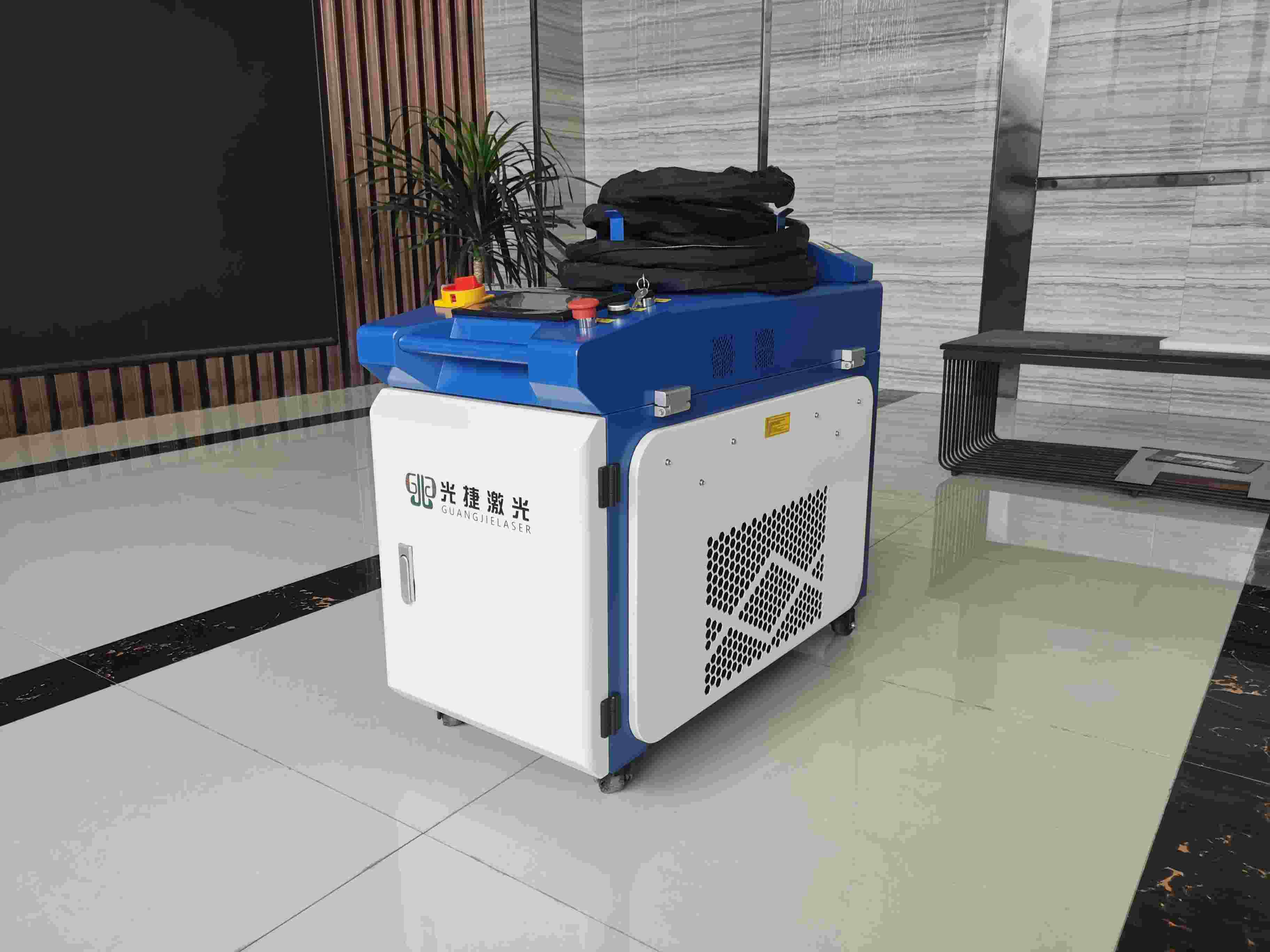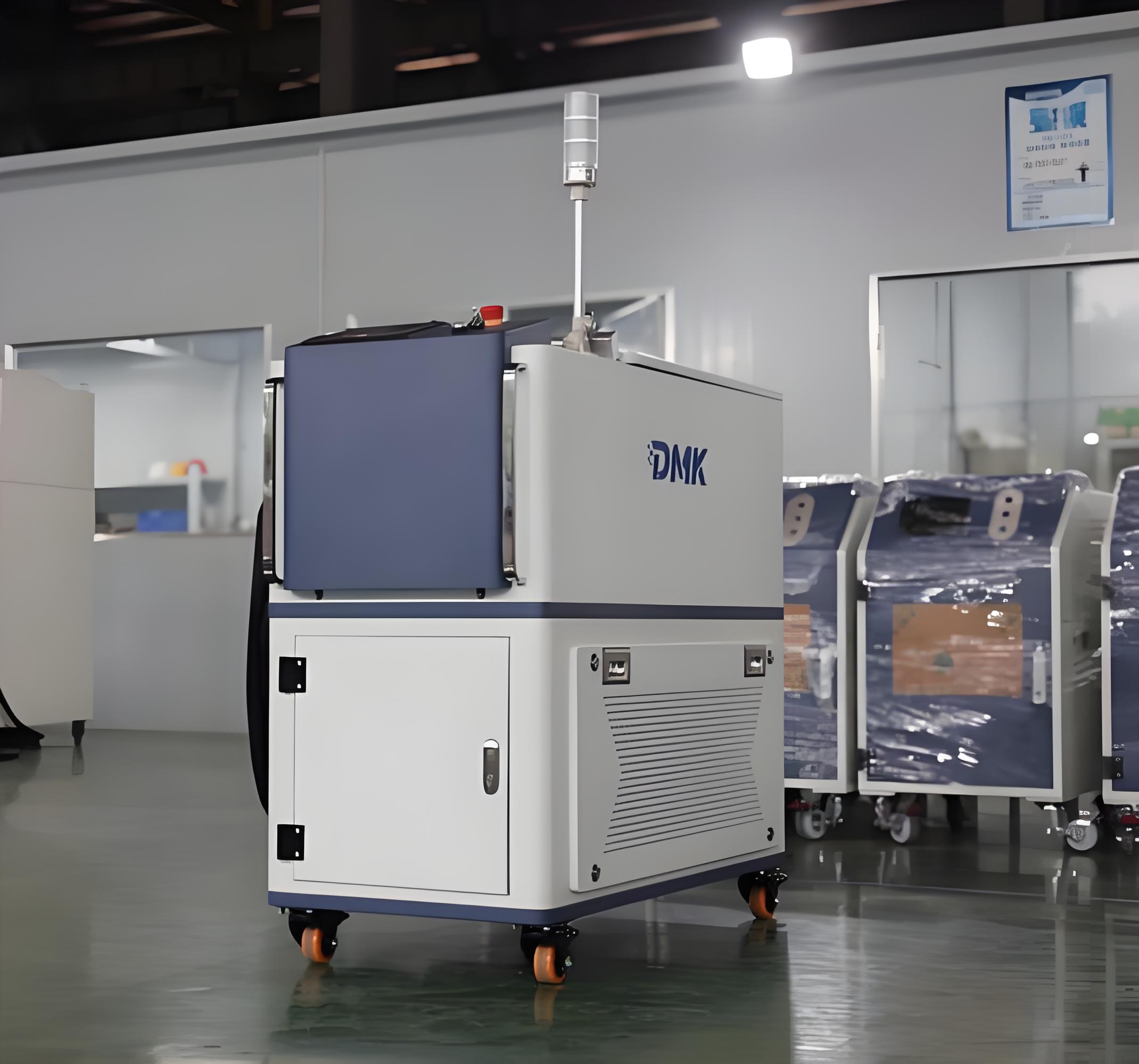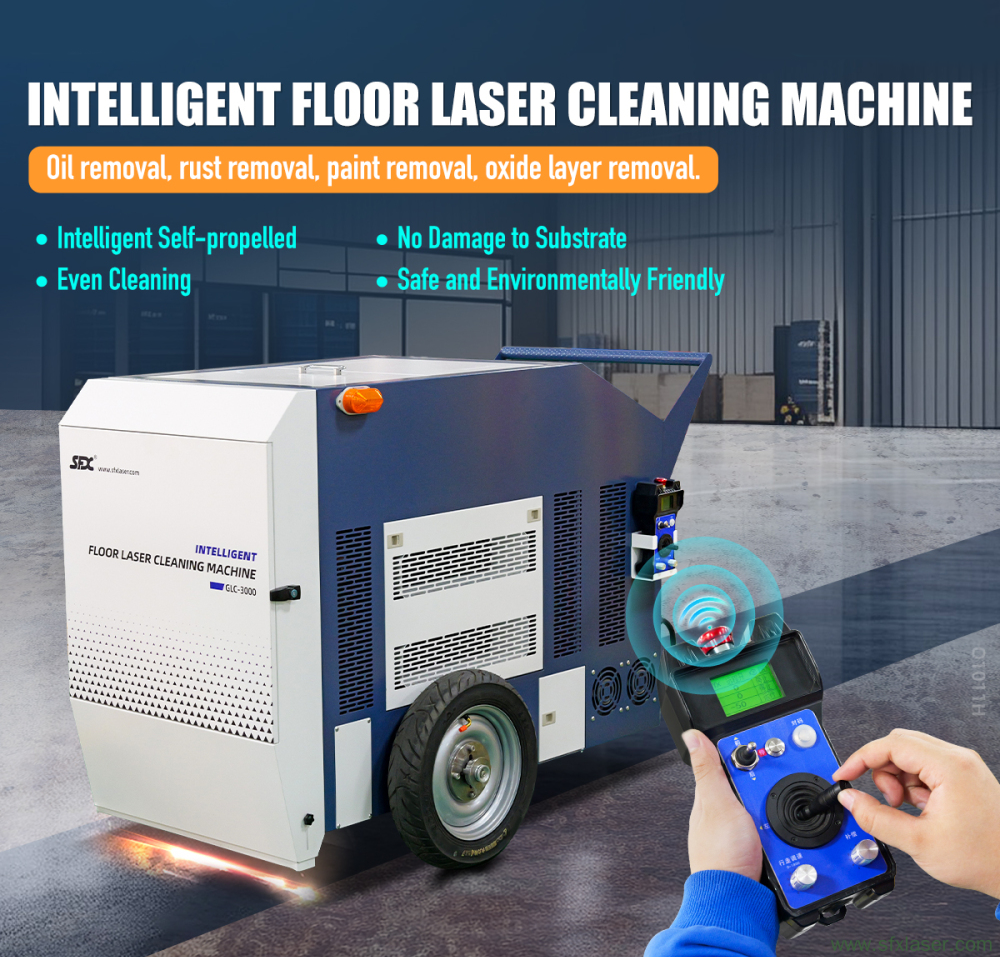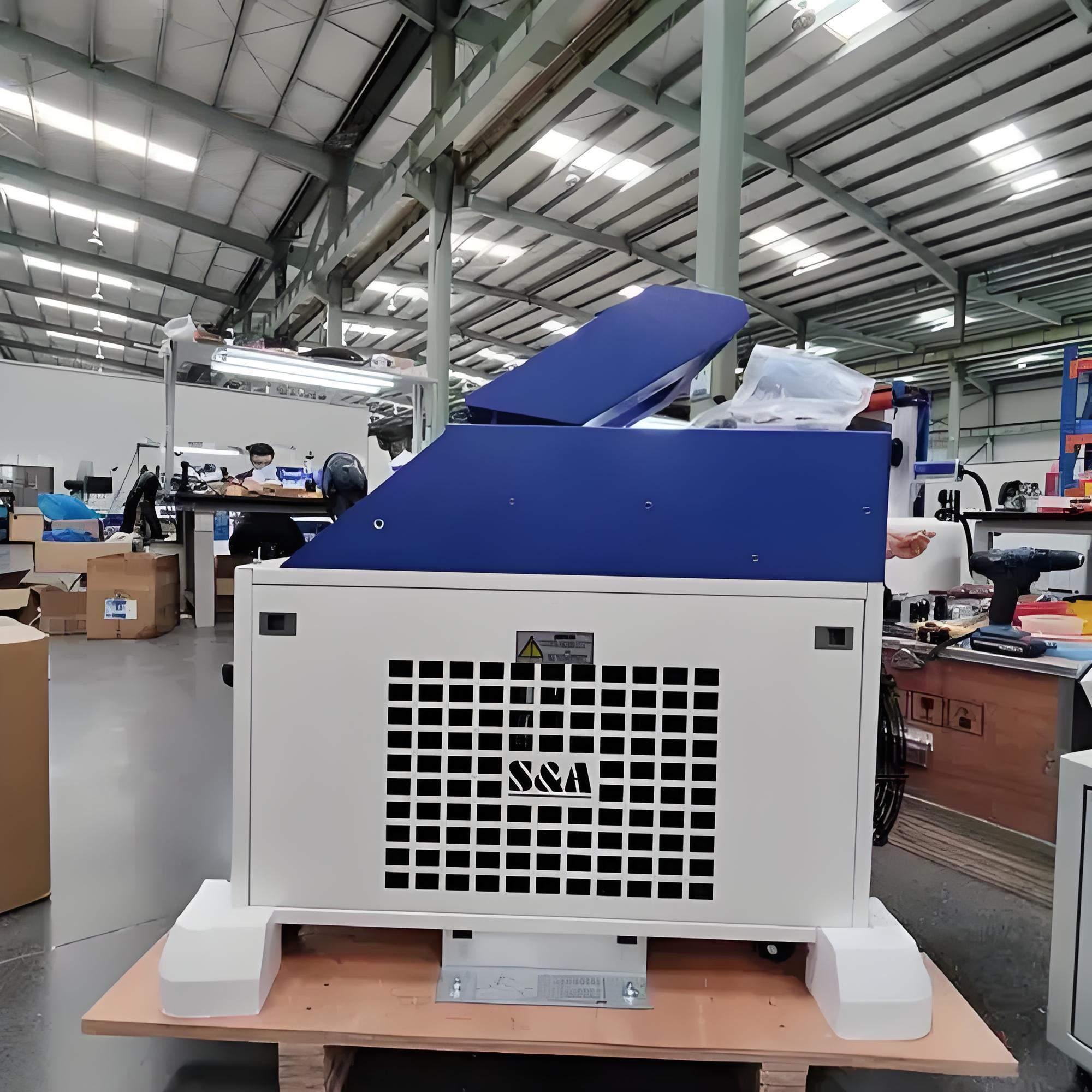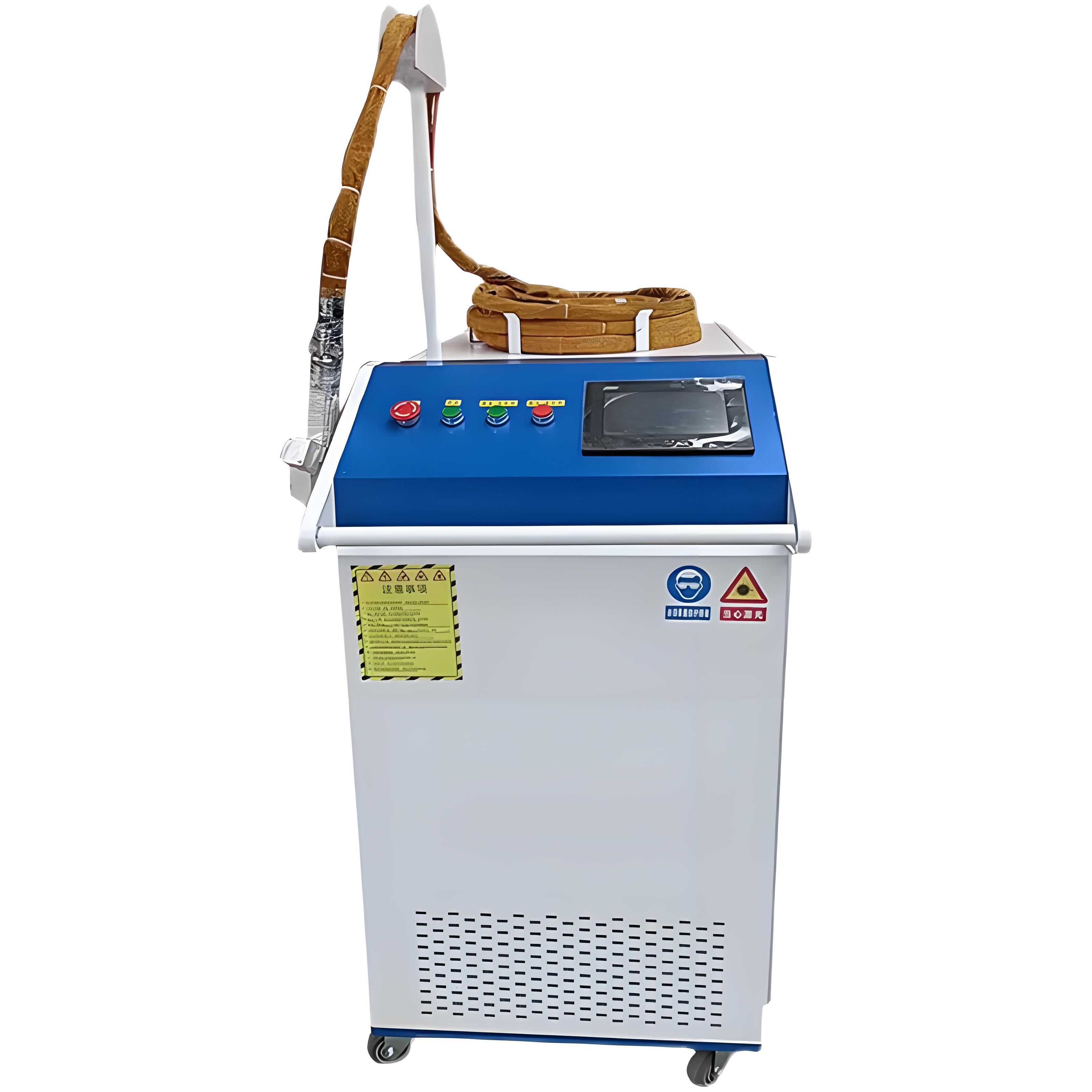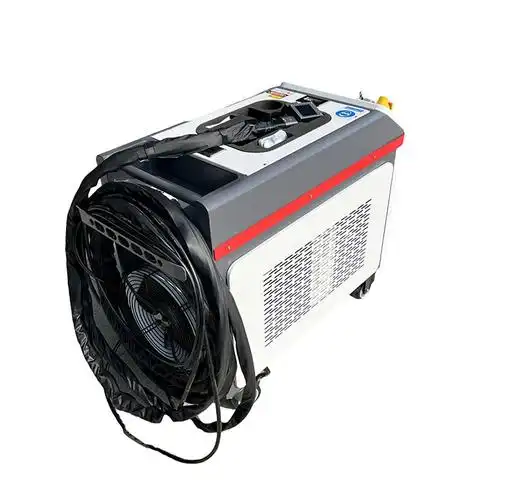Have you ever seen a rusty iron gate covered with a thick layer of reddish rust that’s hard to scrub off? But with a laser, the rust can be easily removed. Do you know why? Today, let’s uncover the little secrets behind laser rust removal.
Laser light is actually a special kind of light—just like the beam from a flashlight or sunlight—but it’s much more powerful. Every laser has its own fixed vibration frequency. Just as skipping rope has its rhythm and swinging on a swing has its own pace, lasers have their unique rhythm too.
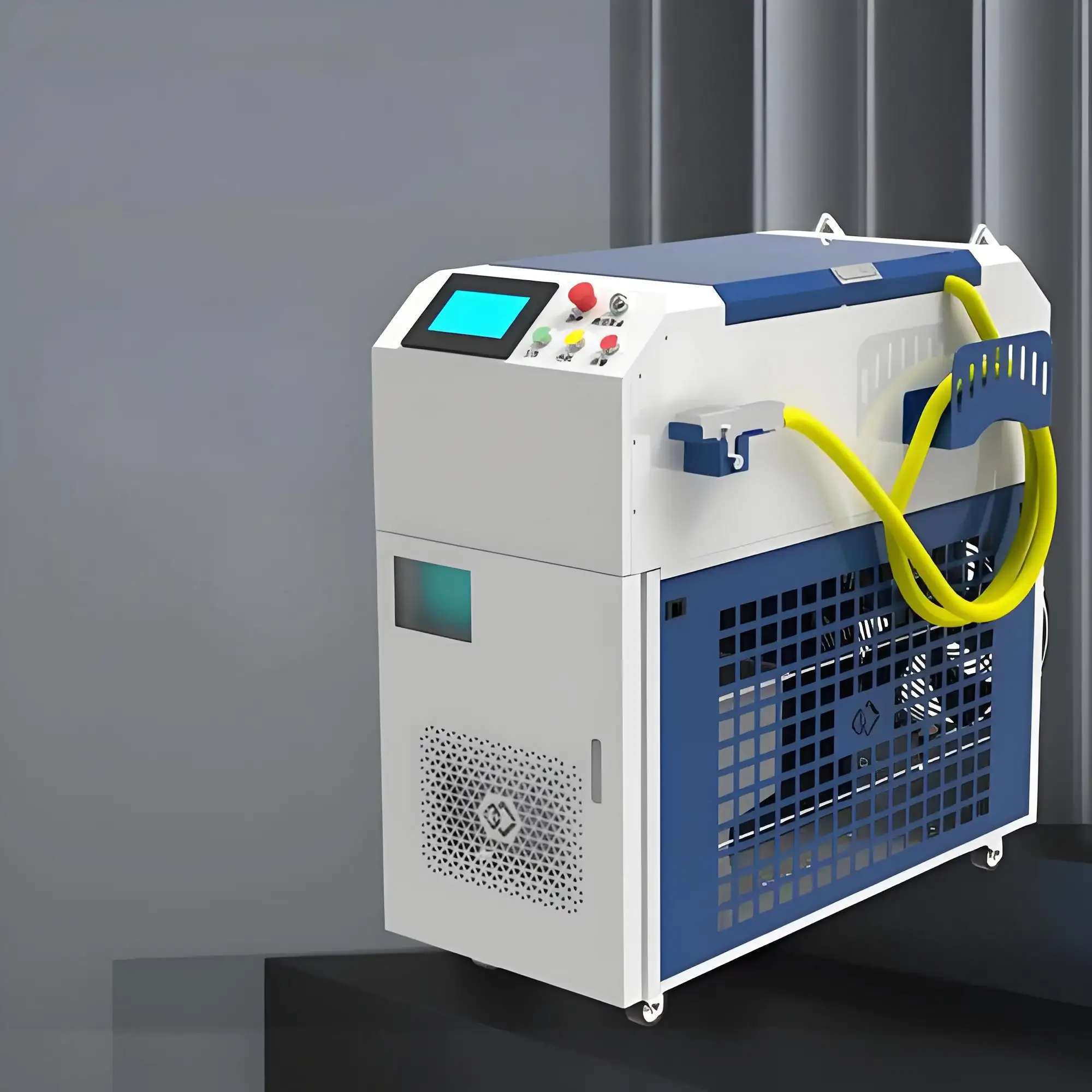
The various materials around us—such as iron, rust, wood, and others—also have their own molecular vibration frequencies. When the vibration frequency of the laser closely matches that of a material’s molecules, resonance occurs. At this point, the molecules collide with each other, causing the temperature to rise sharply. Once the temperature exceeds the material’s boiling point, it turns into a gas and vaporizes away. Different materials have different “preferences,” just like different wavelengths of laser light are like candies with different flavors—some materials “like” certain wavelengths more than others. If a material’s molecular vibration frequency is very close to that of the laser, it absorbs the laser light efficiently. Conversely, if the frequencies differ greatly, the material doesn’t “like” the laser, and its absorption rate is low. So, specific wavelengths of laser light can only clean certain materials.
In laser rust removal, we commonly use fiber lasers, which have a wavelength of 1064 nm—this is like a special color of light. Conductive materials, such as iron and copper, have highly active molecular motion, and their vibration frequencies closely match that of fiber lasers, making them like good friends in perfect harmony. As a result, conductive materials “love” this kind of laser and have a high absorption rate. Insulating materials, like plastics and ceramics, have molecular vibration frequencies that differ significantly from the laser’s, so they don’t “like” it as much and have a low absorption rate. Semiconductors also absorb this laser light quite well.
During laser rust removal, sound and shock waves are produced because when rust transitions from a solid to a gas, its volume increases by 800 times instantly—like a tiny balloon suddenly inflating to an enormous size. If this change happens extremely quickly, it creates an explosive effect, producing a loud “boom” and generating shock waves. These shock waves “blast” the rust off the surface of the object. However, these are effects, not the cause—the core principle of laser rust removal is resonance.
Now you know—laser rust removal works by leveraging resonance to make specific materials absorb laser energy, turning them into gas or dislodging them via shock waves. Isn’t that fascinating? The next time you see something rusty, you might just think of this amazing laser rust removal technique!*

